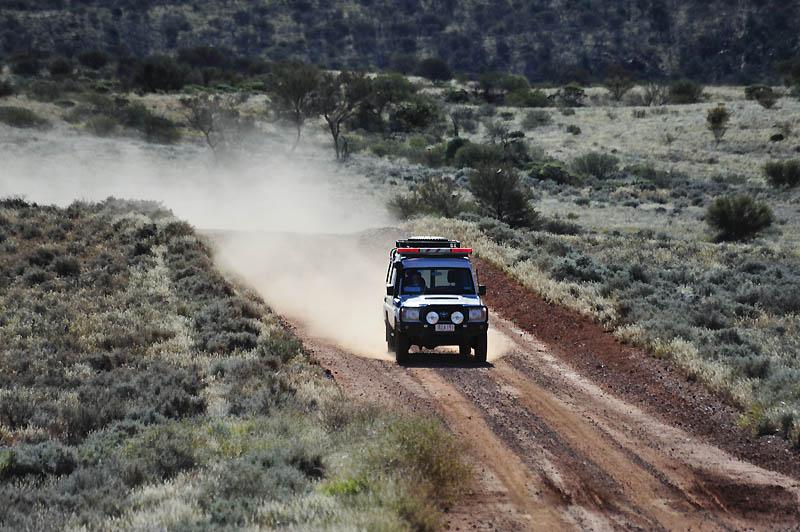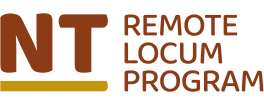
Melbourne-based Registered Nurse Elissa Rowe recently completed a RAHC placement in Imanpa, two hours from Alice Springs.
Elissa has many fond memories of her time in the Northern Territory and says she met and worked with lots of great people.
“I’ve had so much fun out and I’ve loved the people that I’ve worked with - the people in the community have been really welcoming. It’s just a whole new experience that I never expected,” said Elissa.
“You drive around the community to deliver tablets or find a person, and smell the waft of campfires - an experience like that is not exactly common at home in Melbourne.”
Working remotely is a challenge that many nurses from around the country have relished, however most agree that nursing skills need to be of a very high standard to assist with work in Indigenous communities.
“I think to work in a community that is remote, you have to have a broad background and a broad range of experiences because you’re not just a nurse out here, you are everything – doctor, nurse, ambo, social worker, colleague and friend,” Elissa said.
The experience of working in remote communities provides health professionals with an array of experience and the opportunity to develop their scope of practice, something that may not necessarily be an option in urban hospital or health centres.
“You have to be everything to the people out here because their resources are so limited,” Elissa said.
“I would recommend to other nurses that they should have at least five years of experience in nursing because you have to be confident in your practice. Having a critical care background is also highly beneficial.”
“RAHC organises everything for your trip from the time you sign up to when you arrive back home,” Elissa said. “RAHC provides comprehensive training including online training modules to help prepare you for your time in the remote communities and delivers support 24/7 throughout your placement. “
The opportunity to work as part of a team and contribute to helping to close the gap for our Indigenous population is very possible with the help of RAHC.
“I would recommend it in a heartbeat,” Elissa said.
This article was originally published in Nursing Post magazine on 20/8/12
